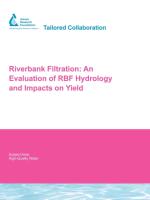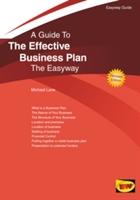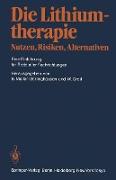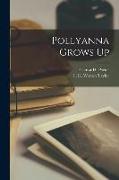Riverbank Filtration: An Evaluation of Rbf Hydrology
BücherAngebote / Angebote:
The objective of this research was to investigate the clogging process in riverbank filtration (RBF) systems and identify factors significant to yield. Specific objectives included the following:
Evaluate commonly available stream and aquifer characteristics from RBF systems with regards to system yield
Collect data from the RBF system in Louisville and apply the information to clogging theory
Provide recommendations regarding the design of future RBF systems with regards to riverbed clogging
Data from the participating sites were compiled to allow easy comparison to future RBF sites. High-capacity RBF systems have been constructed in a wide range of hydrogeologic settings, and data from these sites provide insight to capacity-limiting factors in RBF systems.
Field data for temperature, head, and riverbed flux rates into the riverbed were collected at Louisville, allowing estimates of riverbed hydraulic conductivity to be calculated as a function of distance from the well. These data indicated variations in riverbed hydraulic conductivity resulting from riverbed clogging and the development of unsaturated conditions.
The impact of temperature on specific capacity was evaluated at four sites where adequate operating data were available. Wide variations in water viscosity associated with temperature resulted in the doubling of specific capacity from winter to summer, indicating that the rated capacity of RBF systems should be considered as a range between coldest and warmest water conditions.
Information from this project was summarized into a set of recommendations for utilities considering the design of an RBF system for future water supply.
Folgt in ca. 15 Arbeitstagen




